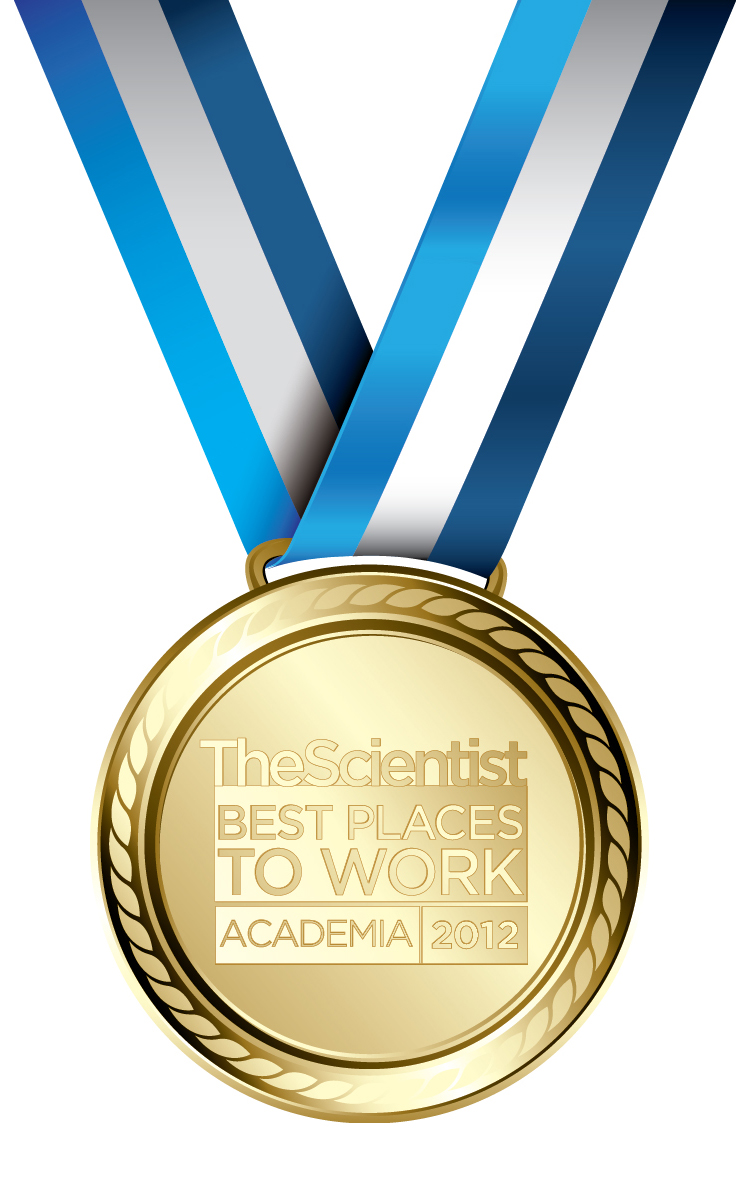Pitt Ranked One of Top Two U.S. Universities and Fourth Among Universities Worldwide in The Scientist’s “Best Places to Work in Academia” Survey
PITTSBURGH—The University of Pittsburgh ranked among the top two U.S. universities and fourth among universities worldwide in the 10th annual “Best Places to Work in Academia” survey, published this month by The Scientist magazine. Among American universities, Pitt ranked second after the University of Michigan. Among the top 25 institutions ranked in the survey, Pitt, at 33,347, placed second in the total number of papers universitywide published in the life sciences. 
“The global rankings published by The Scientist further bolster Pitt’s reputation as an internationally respected center for pioneering research,” said Pitt Chancellor Mark A. Nordenberg. “One key to our rapid rise within the ranks of this country’s top research universities has been our commitment to provide a supportive environment in which our talented faculty members can effectively pursue their important and impactful work. These rankings clearly suggest that we have been successful in advancing that key goal.”
The rankings were determined through a Web-based survey, conducted during the last four months of 2011, in which life scientists were asked to highlight the aspects of the work they value most—such as support, access to great research, and collaborations—as well as areas they wish their institutions would improve. Researchers around the world said they valued the personal satisfaction their workplace offers above all else.
For the survey, e-mail invitations were sent to readers of The Scientist and registrants on The Scientist Web site who identified themselves as full-time life scientists working in academia or noncommercial research institutions; the survey was also publicized on The Scientist Web site and through news stories.
The full survey results and methodology are detailed in the article “Best Places to Work in Academia, 2012,” appearing in The Scientist’s August issue and online at www.the-scientist.com.
###
8/7/12/mab/jdh/jer
Media Resources
Schools of the Health Sciences Media Relations
For more information about Pitt's schools of dental medicine, health and rehabilitation sciences, medicine, nursing, pharmacy, and public health, click here >
To locate stories from health science schools prior to 2013, visit the UPMC news archives »
Urgent Question?
University of Pittsburgh news reps are available to answer urgent media inquiries. Outside of regular business hours (Mon-Fri, 8:30 a.m.-5 p.m.), please email us at media@pitt.edu.
News reps for University of Pittsburgh Health Sciences schools can be reached outside of regular business hours through the paging operator at 1+412-647-2345.


